
Бесплатный фрагмент - Играем и говорим на английском языке
Сказки про животных
Предисловие автора
Уважаемые родители и учителя!
Это КНИГА УРОКОВ И СКАЗОК на АНГЛИЙСКОМ ЯЗЫКЕ поможет вам научить ваших детей говорить по-английски, просто ИГРАЯ с ними. Приобретите несколько комплектов пластмассовых животных: «Дикие животные», «Домашние животные», «Детеныши» и можете начинать.
Садитесь или ложитесь на ковёр, кладите перед собой эту книгу, читайте, сразу переводите ребёнку, а он будет двигать эти игрушки, и играя, повторять слова и фразы, отвечать на вопросы.
Пособие построено таким образом, что ребёнку необходимо повторять фразы около 10 раз. После каждого урока меняйтесь ролями, рисуйте, смейтесь и шутите, ведь так забавно играть в игрушки. Каждый урок можно проводить по 2 раза для лучшего понимания материала.
Удачи вам!
Introduction
Для первой игры нам понадобится лист бумаги, фломастеры и пластиковые животные. Мы нарисуем клетки для зверей, и будем играть в зоопарк.
Я говорю фразу на английском языке, затем на русском.
Иногда сопровождаю слова жестами и мимикой, например, при слове ”will” показываю рукой вперед, при слове «all the animals» делаю круговое движение рукой над ними. «To speak» — показать на рот, «to write» — показать, что пишу, «to read» - показать открытые ладони и т. д. О больших и сильных зверях говорю грубым голосом, а о маленьких — тихим, тонким. Придумайте свои жесты и знаки для легкого запоминания слов и выражений.
— Good morning, children. My name is Olga. I am an English teacher. I will teach you to speak, to read and to write in English. We will play with different toys and learn many interesting things. Are you ready? Let’s play!
How many toys you have! I see a lot of plastic animals. There is a tiger, a lion, a zebra, a leopard, a hare and others. Our game is called «The Zoo».
Наша игра называется «Зоопарк». Возьмём большой лист бумаги и нарисуем клетки для животных.
Let’s draw the cages for all the animals. It will be the Zoo. How good you drew! There are a lot of cages on the sheet of paper. Good for you! We will sit on the carpet and play with the toys.
Let’s start.
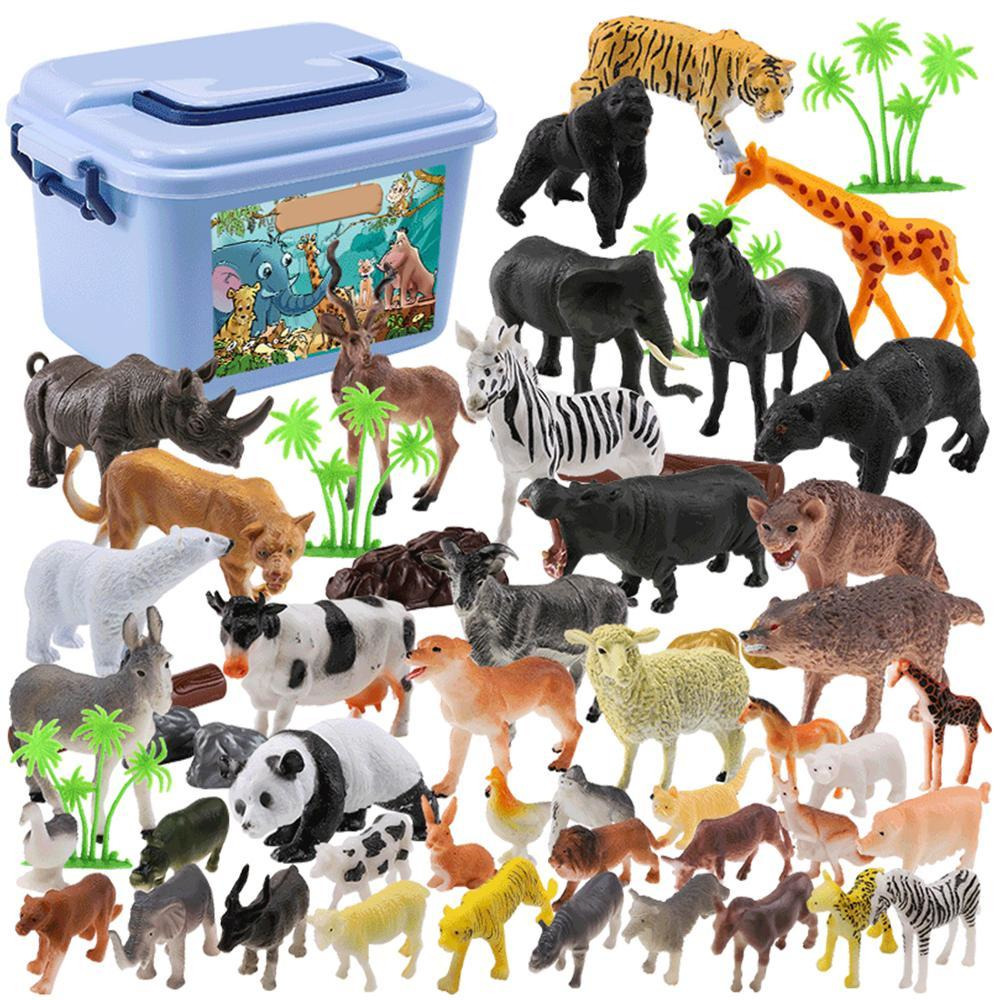
In the Zoo (1)
(A teacher shows a picture.)
— Children, this is the Zoo. What is this?
— The Zoo.
— There are many animals in the Zoo. Look here. There is a tiger, a lion, an elephant, a zebra, a rabbit and others on the picture. Показать каждое животное несколько раз, назвать его на английском языке и русском.
— Давайте сядем на ковёр, и будем играть в зоопарк.
Our Zoo is on the floor. Let s play. We drew the cages, and we will put the animals in them. Начертим на листе ватмана 12 клеток и пронумеруем их. Повторим цифры на английском языке и покажем их.
— Victoria, take a zebra and put it in the cage number 1. (She did it.) Good for you! Take a lion and put it in the cage number two. Take an elephant and put it in the cage number three. (We put all the animals by the same way in different cages.)
— Victoria, where is a tiger?
— It is in the cage number four.
— Good for you! Where is a lion?
— Here it is. It is in the cage number one.
— No, it is not. It is in the cage number two. Is it right?
— Yes, it is.
(I may ask her about all animals by the same way.)
— You are very capable. You know all names of the animals. You may play by yourselves and name
all of them. See you later. Good bye.
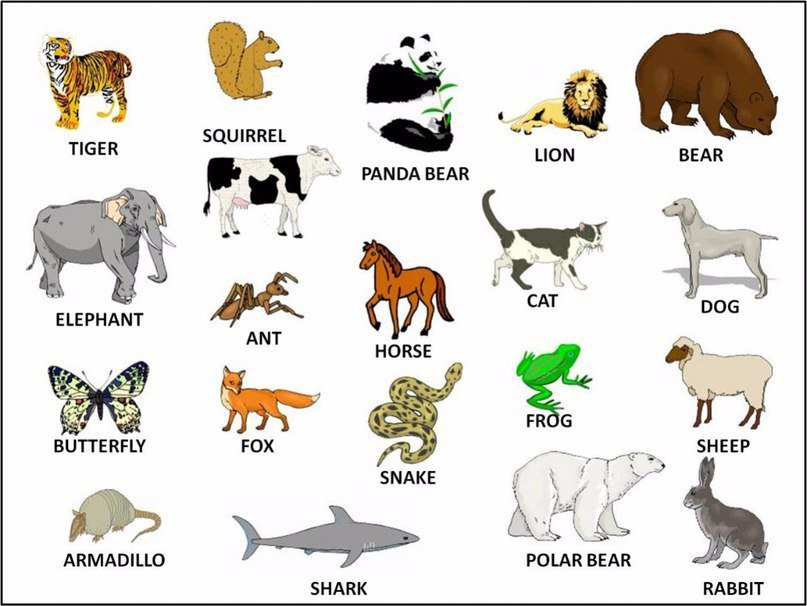
We sing the son (2)
Children, you know some names of the animals. I know a song about the Zoo. Listen to me.
I can see a zebra,
you can see it too.
I can see on the picture,
You can see in the Zoo.
— Let’s sing together. (They are singing now.)
— Victoria, do you see a hare in the Zoo?
— Yes, I do.
— Can you sing about it? I will help you. Do not be afraid.
I can see a hare, (a bear, an elephant, a fox, a wolf and others.)
You can see it too.
I can see on the picture,
You can see in the Zoo.
— Excellently! Who wants to sing about animais?
(We may sing this song a lot of times, so children will know all the names of the animals.)
2. Our animals are in the Zoo. Victoria, show me a tiger, please.
(The teacher asks where all the animals are. A child shows toys and names them. Do not forget to praise him.)
— How do you think, what do the animals do in the Zoo?
— (Children answer.)
The animals begin to greet each other. A beast terns to another beast and asks them.
— How do you do. I’m a monkey. What are you?
— How do you do. I’m a lion. What are you?
(Every animal greets each other.)
— Glad to see you.
(Children learn to greet somebody at first time and repeat some new words.
It takes about 15 minute.)
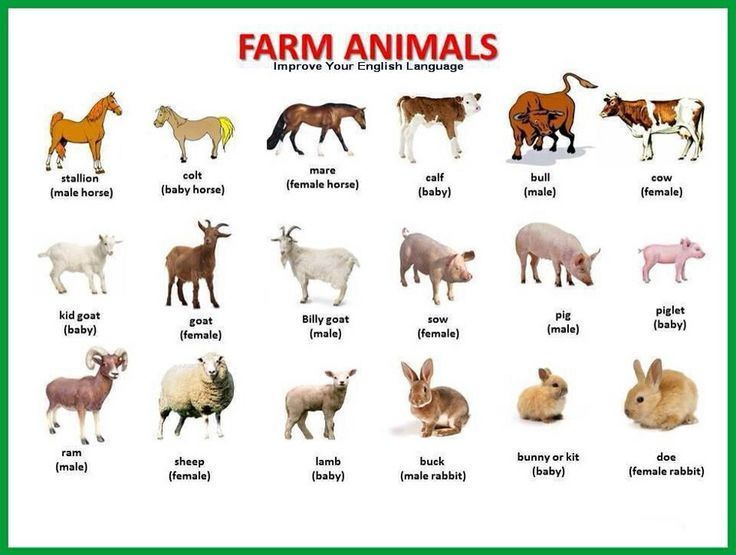
The game «Where is a bird?» (3)
Для игры понадобится лестница из кубиков, птичка, лист бумаги и разноцветные карандаши.
— Children, a bird has flown to the Zoo. It is sitting on the steps of a ladder. Let’s take manycolored pencils and draw a ladder. It has 10 steps.
Look here! This little bird has flown to the Zoo. What a nice bird! It is pink and white. The bird wants to sit somewhere. It flies and sits on the step number 1. Where does it sit? Take the bird and put it on this step.
— What color, is it? (It’s red.)
— Right, it’s red. The bird flies and sits on the step number 2. Where does it sit? Show me. What color is it? (It’s orange.)
— Right, it’s orange. Good for you. Where will your bird fly? Put it there. What color is it?
Name all the colors of the steps. I will help you. Repeat after me, please. (We repeat all the colors and figures.)
2. — I know the rhyme. Listen to me!
The teacher shows cubes and says,
Red, red, touch your head.
Black, black, touch your back;
Blue, blue, touch your shoe;
Green, green, touch your chin;
Brown, brown, touch the ground.
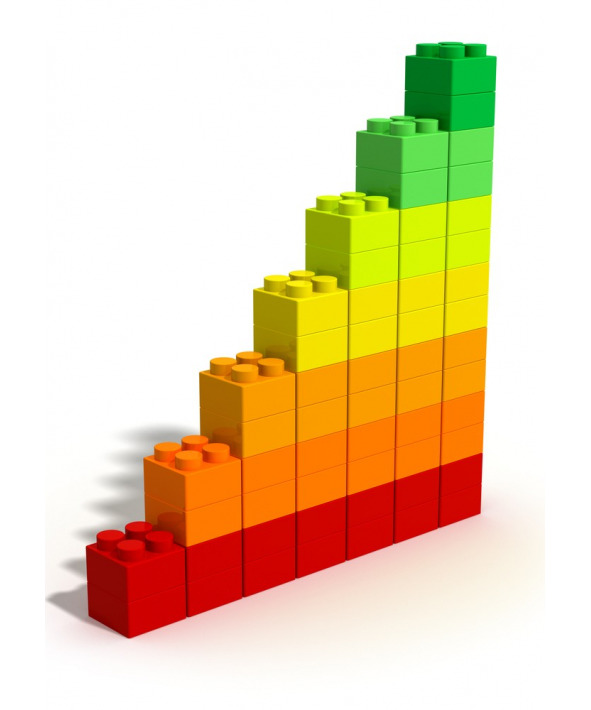
Figures
3. — These are the different figures. Do you know them?
The blue figure is a square. Show it me, please.
What is it? (It’s a square.) The green figure is a cylinder. Show it me, please. What is it? (It’s a cylinder.) Which figure is red? (It’s a square.) The yellow figure is a cube. The blue figure is a brick.
You have a lot of cubes and bricks. Let’s play! Your animals want to play with you. Take a lion and put it on the red square. Where is a lion? (It’s on the red square.) Good for you. Take a bear and put it on the blue brick. What color is the brick? Where is the bear? (It’s on the blue brick.) Take a dog (a pig, a cow, a sheep) and put on the green (red, blue, pose and black) cube (brick, cylinder).
4. — I know the rhyme. Listen to me!
The teacher shows cubes and says,
Red, red, touch your head.
Black, black, touch your back;
Blue, blue, touch your shoe;
Green, green, touch your chin;
Brown, brown, touch the ground.

A cat looks for a flat (4)
The lesson 4 begins with repeating the last lesson.
A monkey (a tiger, a lion, a leopard, a crocodile) greet each other and ask:
— Hello. How are you?
— I’m fine, thank you and you?
— I’m fine, thanks. (It takes 10 min.)
We may sing the song «I can see a zebra.» (A hare, a donkey, an
elephant...)
(Вопрос «Кто это?» Who are you? — относится к человеку.
Про игрушечных зверей спрашиваем: What is it? What are they?
Пока знакомимся с игрушками, говорим a bear, a fox… — какой-то медведь, какая-то лиса и т. д. Если указываем на животное, говорим с артиклем The (The frog — эта лягушка). Когда животные становятся персонажами сказок, говорим без артиклей: Bear, Fox…
Учитель показывает маленького котёнка:
— This is a little cat. It’s red. I will ask it,
— Little cat, little cat,
Where is your flat?
— I’m a little cat,
I have no flat.
— What is it? (It is a little cat.) What does the word ’flat’ mean? (It’s a house.) Does the cat have a house? (No, it does not.) Poor thing! You may live with somebody in the Zoo.
— Go to the cage number 1, will you?
— No, I will not. The big gray wolf lives there. I’m afraid of it.
— I see. Go to the cage number 4, will you? What lives there?
— A panther. It is very angry. I’m afraid of it.
— Poor thing. Go to the cage 3 (2, 5, 6, 7, 8, 9 and10). What is here? What does it like? Is it kind or angry? Can it eat the little cat or will love it?
(At last the cat goes to the cage number 10. There is a deer in this cage.)
— What a nice deer! I will live with it. Dear deer, may I live with you? I have no house.
— Yes, you may. Come in, please. We will be the friends.
— I’m happy! I have the flat. Thank you, Deer. We will be friends.
(Учитель) — Our lesson is over. Good bey, children. Don’t put your toys into the box; you may play with these toys all day long. Don’t forget our animals speak English, they don’t know Russian at all.
See you later.
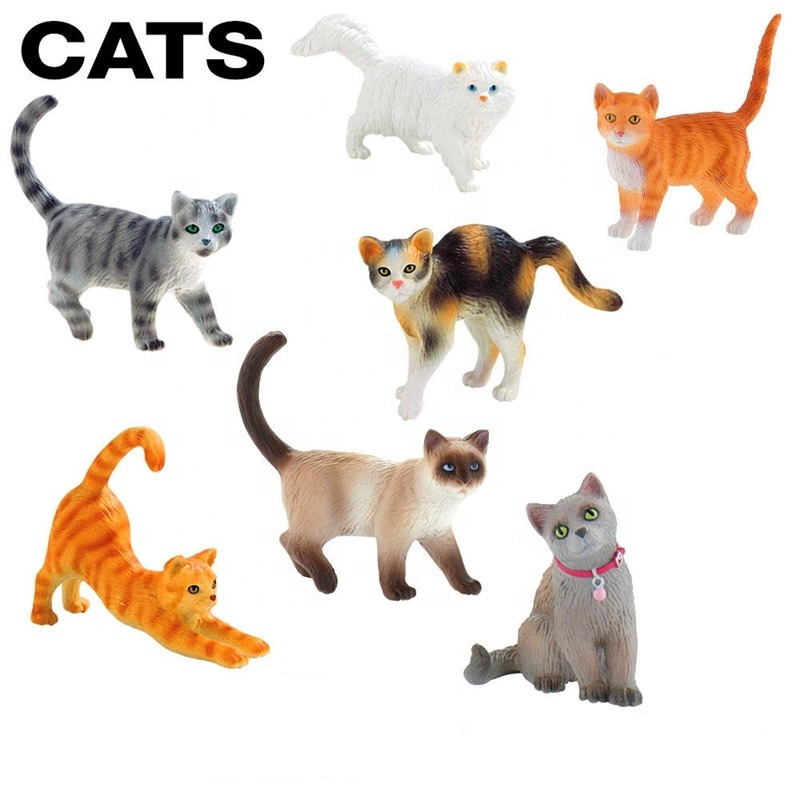
What is there in the Zoo? (5)
All the animals are in the Zoo. A guard is working now. Someone is knocking at the door.
— Who is knocking at the door?
— It’s me.
— Who are you?
— I’m the Zoo-keeper. Show me the order in the Zoo.
— With pleasure! Follow me, please.
They see different animals into the cages. The Zoo-keeper asks the guard,
— What is this?
(The guard) — It’s a fox.
— Is it yellow? (The Zoo-keeper is joking.)
— No, it is not. It’s red.
— Right! What is this?
— It’s the lynx.
— Really? I think it’s a cat.
— No, it is not. It’s the wild cat. It’s called the lynx.
— All right.
— Is it a blue bear?
— No, it is not. It’s the white bear.
The Zoo-keeper asks the foolish questions, and guard corrects him very politely.
Is an elephant small? Is a mouse big? Is a deer angry? Is a crocodile kind? Is a wolf green? Is a leopard blue? You may ask a lot of “ foolish “ questions in order your lesson could be funny and merry.
(The Zoo-keeper) — Thank you. I was joking. I see you keep the order. Good for you! Good bye.
(He goes away. It’s a night now.)
(Учитель) — Our lesson is over. The next story I will tell you tomorrow. Good bye. See you later.
2. You may play the game “ Where is the bird?»
3. Drawing. You may draw different animals, count them and sing the song.

The game «What is out?» (6)
Учитель прячет игрушку и просит ученика угадать, что он спрятал.
(The teacher takes a bear and hides it.)
— Victoria, guess what is absent?
— A bear is absent.
— What color is it?
— It’s white.
— Right. Turn back. I will hide another one. What is out?
A child guesses what the animal is absent. The teacher hides animal one by one. It is takes 20
minutes.
2. (The teacher) — It is night now. All the animals are sleeping. A guard is looking for a hare. It is absent.
— Zebra, wake up!
— What’s happened?
— I am looking for the hare. Did you see it anywhere?
— No, I did not.
— Sorry I woke up you. Where can it be? (He goes further.)
— Bear, wake up!
— What’s happened?
— I am looking for the hare. Did you see it?
— No, I did not.
— Sorry I woke up you. Where can it be?
(He goes further. The guard wakes up all the animals one by one and asks them about the hare. Nobody knows about it. Suddenly, he sees the hare; it is sleeping into a box.)
— Oh! I find it at last. It’s here, into the box. Whom does this box belong to? It’s my box! Why did it get here? Unfortunately, I forgot to lock a door. I’m sorry. Fortunately, I find it. Let’s go home, the lost thing.
The Zoo-keeper will be pleased.
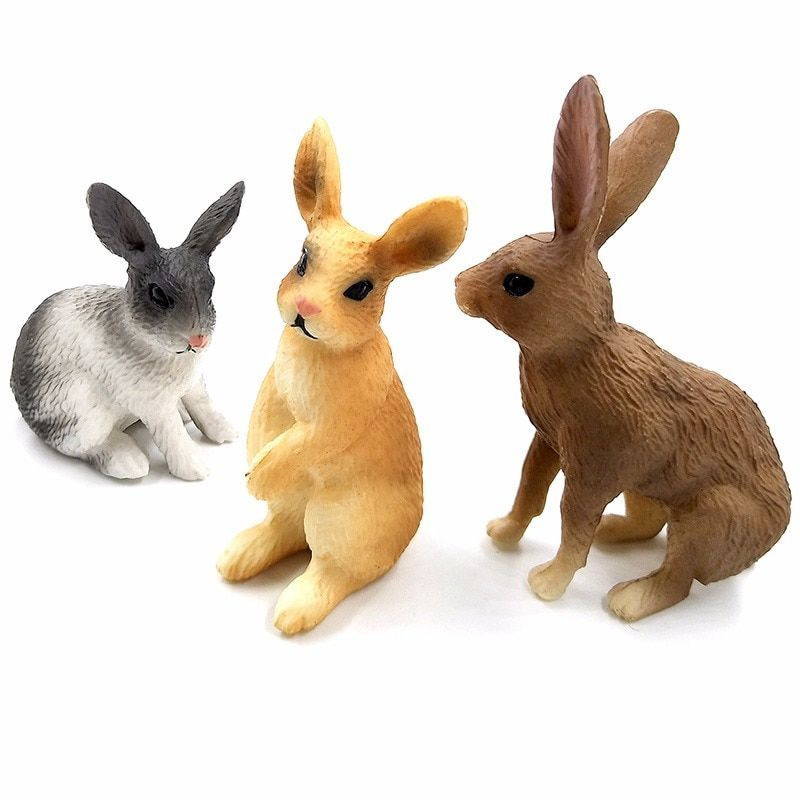
3. Drawing. Ask «What can be red?» Let children draw all the red things they remember. Praise them for small wins.
It is the hot day today (7)
Учитель говорит, что в зоопарке животным не так хорошо, как в лесу или возле реки.
Мы можем нарисовать реку на большом листе бумаги, и разместить наших зверей возле неё.
Давайте так и сделаем.
— We will draw a big river. Our animals live in a forest. It’s a hot day today. A lion is hot.
— I am thirsty. I would like to drink!
— Go to the river. It is there. (A child puts the toy by the river.) — Drink, Lion.
The lion drinks and says,
— Thank you very much. I am fine.
A zebra is hot.
— I am thirsty. I would like to drink.
— Go to the river. It’s there. (A child puts the toy by the river.) — Drink, Zebra.
The zebra drinks and says,
— Thank you very much. I am O.K.
We play with all toys by the same way and a child repeats all words.
2. All the animals are by the river. Some of them are domestic animals, and some of them are wild.
Domestic animals live in a farm and people care of them, feed them and keep them. What are the
domestic animals?
— What domestic animals can you see by the river? (I see a cow, a goat, a sheep, an ox, a cat, a dog and others.)
— Right! Victoria, take a cat and put it on the right side of the river. Well done! Put all domestic animals on the right side of the river. (A child does this act) Well, what are on the right side?
(She names them.) We put these animals separately in order the wild ones can not eat them. Can a sheep live with a tiger? (No, it can’t.)
Can a lion live with a donkey? (No, it can’t.) All the wild animals are on the left side of the river. What can you see on the left side of the river?
Show me and name all the wild animals. (A child does it.) Good for you. All the animals will speak to each other and make friends in our stories and tales, and they will help each other in difficult situations.
3. Let’s sing the song.
I can see a zebra, (a donkey, a moose, a jaguar, a deer and so on)
You can see it too;
I can see by the river,
You can see at the Zoo.
A hare is afraid of… (8)
Маленький зайчонок хочет гулять в лесу, но вот беда, он боится всех зверей.
Мы расставим деревья и зверей и будем играть.
— Good morning, children. Will we play with our plastic toys? (Yes, we will.) Let’s start. Our animals are very polite; they greet each other every day as we do. A monkey turns to a lion and
says,
— I am Monkey. What are you?
— I am Lion. What are you?
(Every animal sings its greeting and turns to the next one.)
2. — What can you see in the forest? I can see the blue sky, the green trees, the green bushes and green grass. A lot of butterflies, flies, bees are flying above the trees. There are mushrooms, berries in the wood. A little hare is alone in the wood. It is afraid to be alone and wants to find somebody to play.
— I’m a little hare. I want to walk in the wood, but I’m afraid of all the animals. I’m afraid of a tiger, of a lion, of a leopard, and even an elephant. Where are they? The tiger is by the river; an elephant is near the tree; a monkey is on the tree. (It is on the bank of the river, under the bush, on the stone and in the river. A child answers where they are.)
The hare comes up to the bush and sees the lion,
— Oh, I am afraid of the lion!
— Don’t be afraid of the lion; it will be your friend.
— It’s O.K. I will look for somebody else. (It goes further. It sees a bear under the tree.)
— Oh, I’m afraid of the bear; it can eat me.
— Don’t be afraid of the bear; it will be your friend.
— It’s O.K. I will look for somebody else. (I t goes further and sees a wolf (a fox, a leopard, an elephant and so on. It says the same words and at last it meets a sheep.)
— Good morning, Sheep. How are you?
— Morning. I am fine and you?
— Thanks, I am fine… I’m alone and I’m afraid of all the animals except you. Be my friend; let’s play together.
— Poor thing! Don’t be afraid of somebody; we will live together and nobody can eat you. Be quiet!
3. Drawing.
— Children, do you like this story? I like it. Let’s draw a hare in the wood. Take your pencils and draw a picture. What color will be your hare? What color will be the grass?
Are flowers red or blue? Let’s start. (After drawing a teacher asks her pupils.)
— What, is it? Where is a hare? What’s its color? What color are the flowers? Your picture is very nice. Good for you!
See you later. Good bye.
You know all the colors (9)
Мы будем учить стихотворение, чтобы запомнить все цвета. Какие цвета ты знаешь? Какой твой любимый цвет?
— Good morning, children. I’m glad to see you again. How are you? You drew very well yesterday. You know all the colors. We will learn the rhyme about colors. Listen to me.
Red, red, touch your head.
Бесплатный фрагмент закончился.
Купите книгу, чтобы продолжить чтение.
